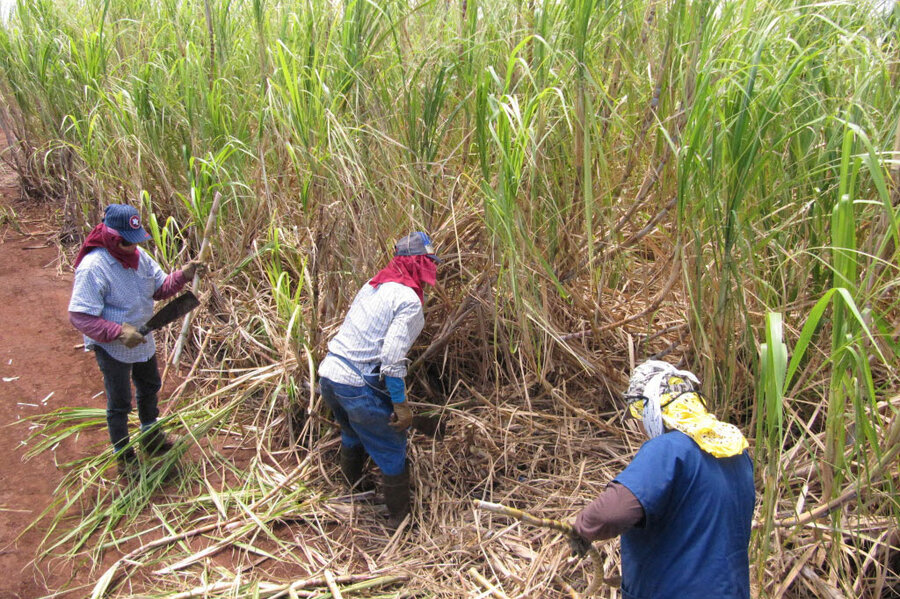Why sugar, once a big business in Hawaii, is now disappearing
Loading...
Alexander & Baldwin Inc., Hawaii’s last sugar plantation, announced Wednesday that it would phase out growing sugar by 2016, marking the end of sugar’s dominance in the state's economy.
"This is a sad day for A&B, and it is with great regret that we have reached this decision," Christopher Benjamin, CEO of Alexander and Baldwin, said in a news release.
The company announced that its 36,000 acre Maui plantation will be divided into smaller farms to grow different crops like papaya and fruit trees, and that everyone who worked for its sugar subsidiary company will be laid off, although they will retain some workers to complete this year’s sugar harvest.
Alexander & Baldwin was founded in 1870 by descendants of Protestant missionaries to Hawaii. Sugar and pineapple plantations were once the biggest drivers of the Hawaiian economy, assisted in part by changes in tariff law that made exports from what was then the Hawaiian Kingdom essentially duty-free. Hawaii owes much of its current cultural diversity to the descendants of the laborers who were brought to the islands to work in the fields.
Plantation crops continued to dominate the Hawaiian economy until tourism became cheaper with the advent of passenger air travel. Many plantations began to close in the 1950s, a pace that has been quickening ever since. Florida is now the biggest producer of cane sugar in the United States, producing about 2 million tons to Hawaii’s 165,000 in 2015.
In the news release, Mr. Benjamin said that Alexander & Baldwin had “made every effort to avoid having to take this action,” but the company expected to lose $30 million in agribusiness costs for fiscal year 2015 and perhaps more over time if they did not make changes.
The company hopes to shield itself from the vulnerability of a single crop market by pursuing a "diversified agricultural model" that divides the Maui plantation into smaller parcels of land for cultivation of different crops, including some that may be produced for biogas purposes. Alexander & Baldwin is also exploring the possibility of selling some of its land to local farmers for food or livestock production.
Maui Mayor Alan Arakawa said that while he was saddened by the news and the impact it would have on the affected employees, he was also optimistic that agriculture would be able to continue on Hawaii.
"Fruit trees, taro, biomass, papayas, avocados and much more have all gone through trial testing, leaving us very confident that while sugarcane is dead, agriculture will remain very much alive here," he said in a statement.
"For over 130 years, sugar production on Maui was more than a business, spawning a way of life and generations of hard working women and men who made our state remarkable and great," US Sen. Brian Schatz (D) of Hawaii said in a statement.
This report contains material from the Associated Press.








